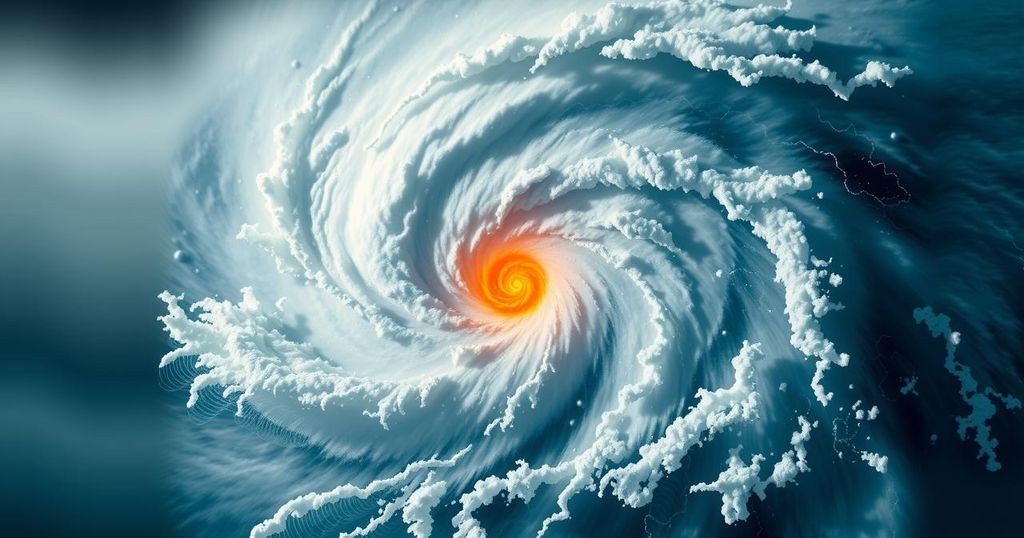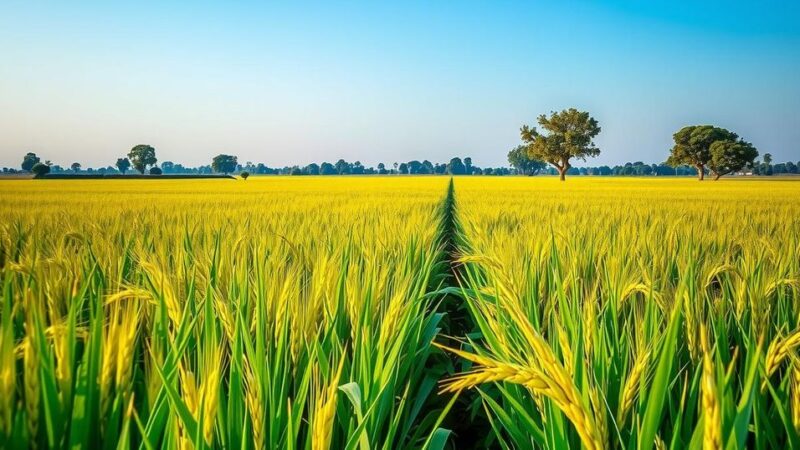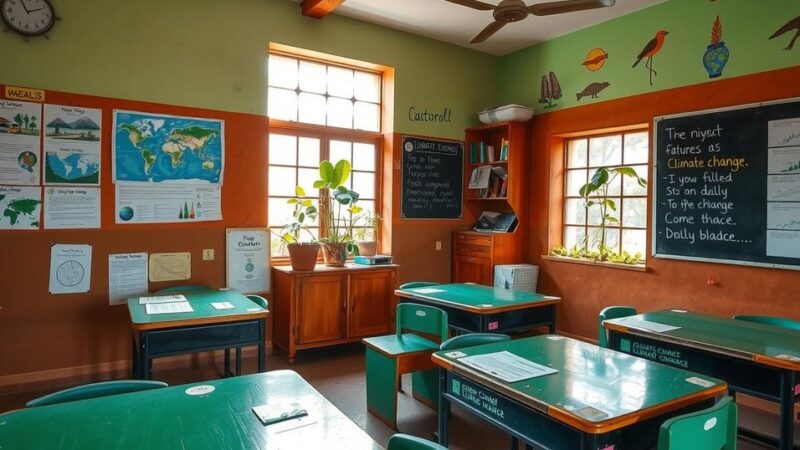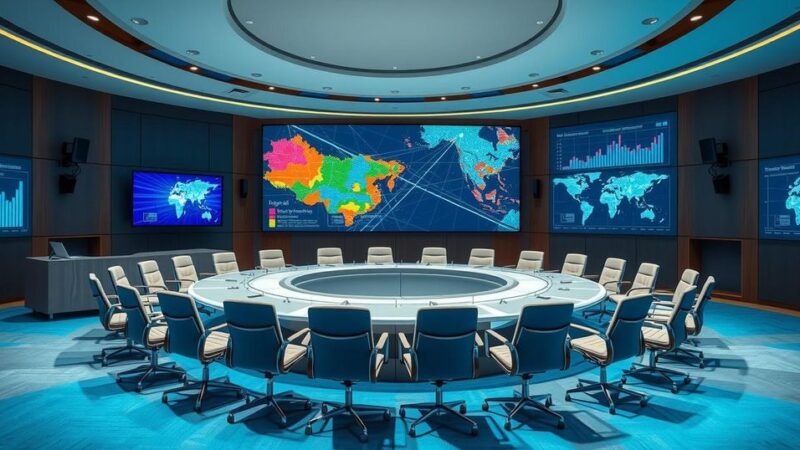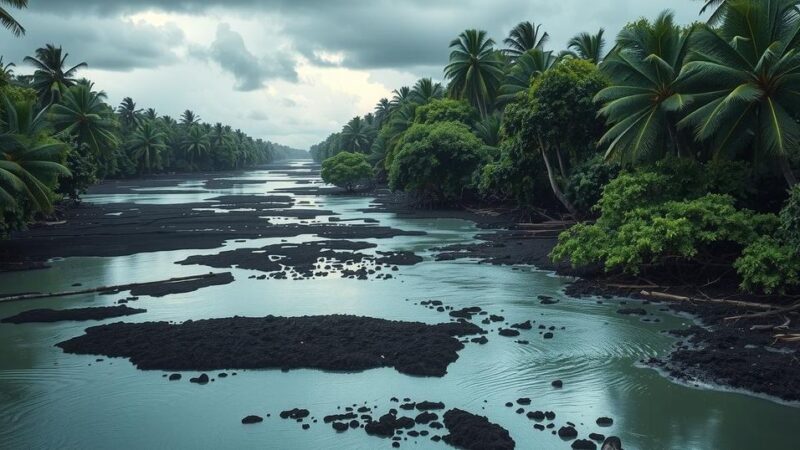Hurricanes, or tropical cyclones, form under specific climatic conditions starting from a tropical wave. Warm ocean waters over 26.5°C fuel the storm’s development, causing moist air to rise and cool, forming clouds. The Coriolis effect drives their rotation, and upon reaching land, hurricanes weaken as they lose their water source, leading to significant rainfall and flooding.
Hurricanes, also known as tropical cyclones, represent some of the most powerful storms on the planet, demonstrating the raw force of nature. The formation of these intense storms is contingent upon specific climatic conditions and oceanic factors. Initially, the process is ignited by a tropical wave—an area of low atmospheric pressure that typically emerges off the coast of Africa and migrates westward through tropical regions. This phenomenon is often spawned from the interaction between hot air from the Sahara Desert and the cooler, moister air from central Africa, occasionally leading to thunderstorms.
A crucial element in hurricane formation is warm ocean water. When a tropical wave traverses ocean temperatures exceeding 26.5°C (approximately 80°F), the warm, moist air ascends, creating a region of lower atmospheric pressure. This phenomenon prompts air from surrounding areas to rush in, which subsequently warms and also rises. As moisture in the air cools at higher altitudes, it condenses into clouds, releasing heat and further energizing the developing storm. This cycle continues until formidable cumulonimbus clouds form. As long as wind conditions above the storm do not disrupt cloud formation, a powerful system begins to take shape. When winds reach speeds of 74 mph, the system is classified as a tropical cyclone.
The rotation of hurricanes is attributed to the Coriolis effect, which is a consequence of Earth’s rotation. Objects at the equator move faster than those at the poles, causing winds from various directions to spiral as they converge. Consequently, hurricanes rotate in a counterclockwise direction in the Northern Hemisphere and clockwise in the Southern Hemisphere. The “eye” of the hurricane, found at its center, is characterized by an area of calm, around which the storm system rotates aggressively.
While hurricanes can gather immense strength and speed over warm ocean waters, their impact diminishes upon making landfall. They release vast amounts of rain, cause significant flooding, uproot trees, and precipitate severe storm surges. Ultimately, the absence of warm water results in the weakening of the storm, concluding its powerful rampage.
Understanding how hurricanes form entails recognizing the interplay of atmospheric and oceanic elements. Known regionally as hurricanes, cyclones, or typhoons, these systems are categorized based on their geographic locations and atmospheric pressure phenomena. The initiation of the cyclone process involves specific thermal and meteorological conditions, with warm ocean waters being a critical component that not only instigates but continuously powers the storm as it develops.
In summary, the formation of hurricanes is an intricate process fueled by environmental conditions, notably warm ocean waters and atmospheric dynamics. From the initial tropical wave to the catastrophic power of a developed storm system, each stage is crucial in understanding these natural phenomena. The rotation characteristics and their life cycle emphasize the delicate balance of conditions necessary for hurricanes to thrive while also underscoring their eventual demise upon landfall, marking a significant transformation of energy and environmental impact.
Original Source: www.pbs.org
